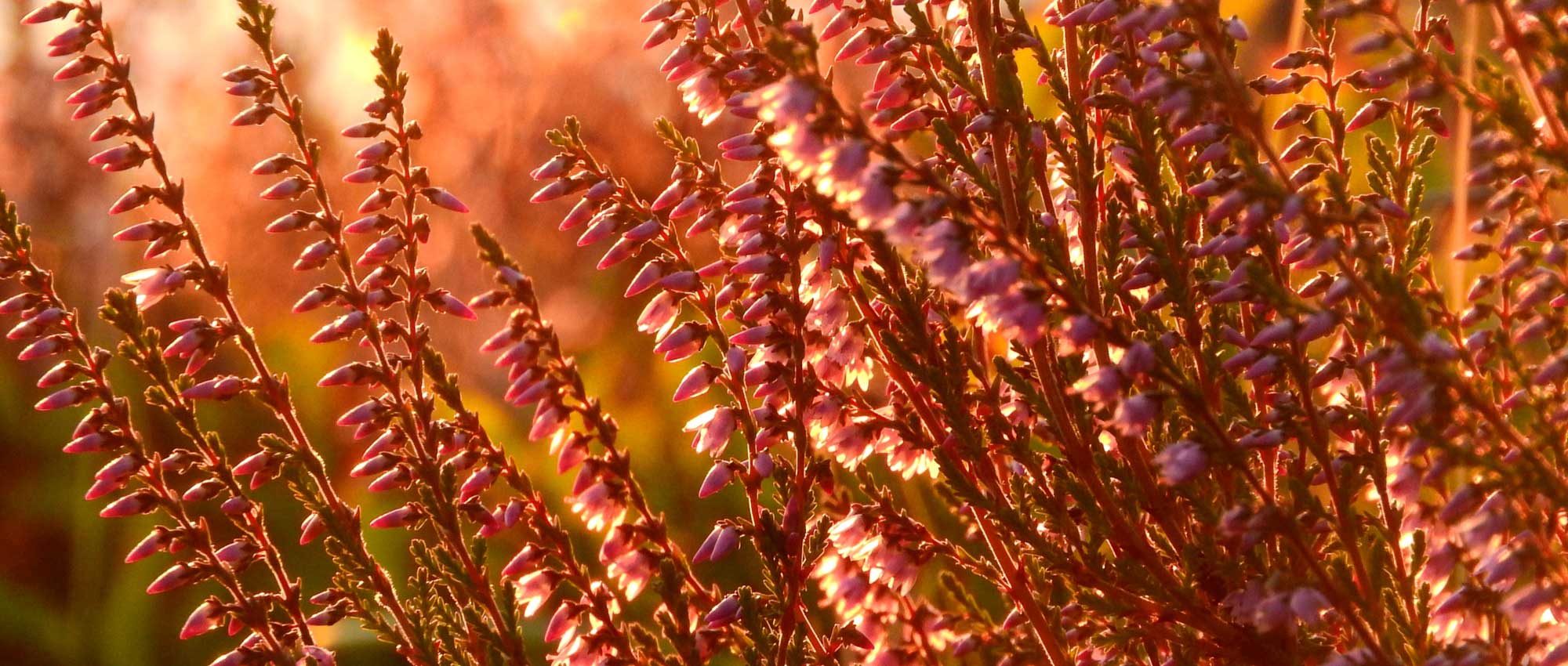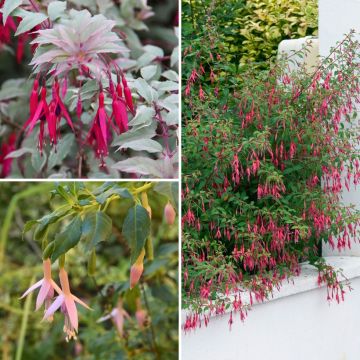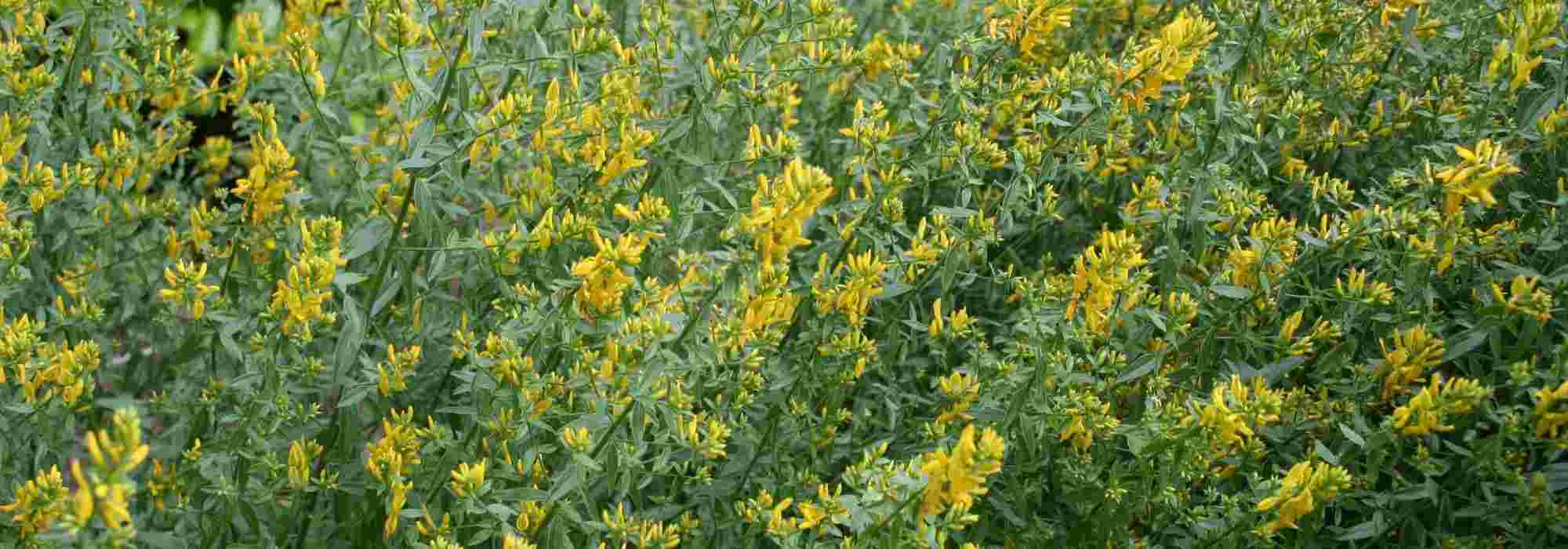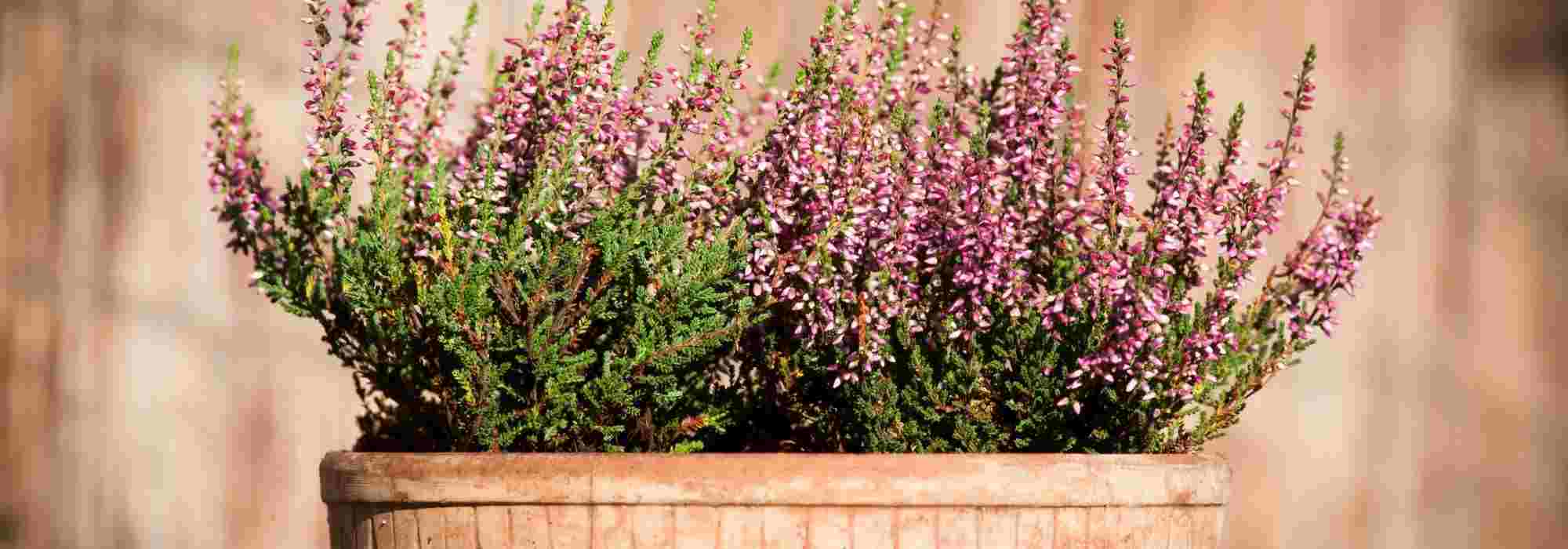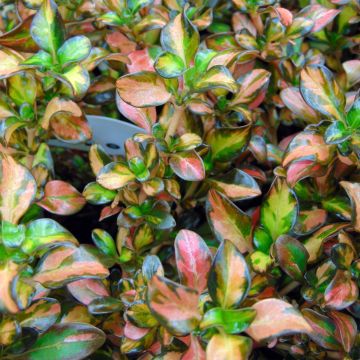

Erica x darleyensis Marie Helen - Winter Heath
Erica x darleyensis Marie Helen - Winter Heath
Erica x darleyensis Marie Helen
Winter Heath
Plant arrived in very good condition. It's starting to bloom and the color is very pretty. Satisfied.
Annie, 27/01/2025
Special offer!
Receive a €20 voucher for any order over €90 (excluding delivery costs, credit notes, and plastic-free options)!
1- Add your favorite plants to your cart.
2- Once you have reached €90, confirm your order (you can even choose the delivery date!).
3- As soon as your order is shipped, you will receive an email containing your voucher code, valid for 3 months (90 days).
Your voucher is unique and can only be used once, for any order with a minimum value of €20, excluding delivery costs.
Can be combined with other current offers, non-divisible and non-refundable.
Home or relay delivery (depending on size and destination)
Schedule delivery date,
and select date in basket
This plant carries a 24 months recovery warranty
More information
We guarantee the quality of our plants for a full growing cycle, and will replace at our expense any plant that fails to recover under normal climatic and planting conditions.
Would this plant suit my garden?
Set up your Plantfit profile →
Description
Erica x darleyensis 'Marie Helen' is a variety of winter heather with beautiful evergreen foliage that is golden yellow in summer and turns bronze in winter. In January, its flowering begins with small urn-shaped flowers in a medium pink color, which lasts until April. It has moderate vigor and a compact habit. It forms a spreading cushion with gentle flowering and bright foliage before the first late winter bulbs and the return of spring blooms. By combining different varieties with staggered flowering times, Darley heathers create beautiful colourful carpets from November to May.
Erica x darleyensis 'Marie Helen' is a horticultural hybrid resulting from the cross-breeding between Erica carnea, native to mountainous areas in southern and central Europe, thriving in limestone soil, and Erica erigena, acidophilous, native to western Europe. This hybrid combines vigorous growth, beautifully coloured young foliage, and abundant and prolonged flowering. This small evergreen shrub, with a rounded and spreading habit, will reach approximately 30 to 40 cm in height and 50 to 60 cm (20 to 24in) in width at maturity, with a relatively slow growth rate. Its lifespan is around 10 to 15 years. 'Marie Helen' usually blooms between January and April, depending on the climate, for several weeks. Its flowers are small urn-shaped flowers in a medium pink colour. These 3mm (0.1in) long flowers are clustered in 3 to 10 cm (1 to 4in) long clusters and are scattered along the branches, amidst linear, obtuse leaves that are 3 to 10 mm (0.1in) long and arranged oppositely.
Winter heathers are hardy and adaptable to soil types, forming sturdy undershrubs, even in slightly limestone and dry soil. They are perfectly showcased in heather gardens, alongside other species and varieties with varied foliage and flower colours, such as Calluna vulgaris and Erica arborea. As evergreen groundcover, they can be planted at the front of borders or in mass plantings. Combine them with dwarf conifers and creeping junipers for beautiful combinations of textures and colours, as well as spring bulbs.
Erica x darleyensis Marie Helen - Winter Heath in pictures


Plant habit
Flowering
Foliage
Botanical data
Erica
x darleyensis
Marie Helen
Ericaceae
Winter Heath
Cultivar or hybrid
Other Heather
View all →Planting and care
Erica darleyensis 'Marie Helen' appreciates full sun, which enhances its flowering, and can grow in any type of soil, even clay or slightly calcareous, as long as it is well-drained and deeply loosened. Once well-established, it can withstand anything, but its planting must be careful and watering should be maintained during the first two years: if the root ball dries out while the root system is still underdeveloped, the plant will die. Conversely, a waterlogged soil, especially in hot weather, can promote the development of a fungus called Phytophthora which, once established, will overcome this heather.
During planting, it is advisable to lacerate the root ball a little, trim any overly long roots, and plant in a hole measuring 30x30 cm (12in), filled with a mixture of compost, ericaceous soil, and garden soil. Water it once or twice a week depending on the ambient temperature, to keep the soil moist while the plant establishes itself. To maintain a compact habit and increase the lifespan of the heather, it is useful, every year after flowering, to prune the faded branches to 2-5 cm (1-2in) from the previous year's growth, making sure never to prune below the last green leaves. Erica can also be susceptible to pythium and rhizoctonia during hot and humid periods. Fertiliser is not necessary, and it is even advised against to avoid promoting foliage production at the expense of flowering (heathers are generally plants of poor soils).
Planting period
Intended location
Care
Planting & care advice
-
, onOrder confirmed
Reply from on Promesse de fleurs
Similar products
Haven't found what you were looking for?
Hardiness is the lowest winter temperature a plant can endure without suffering serious damage or even dying. However, hardiness is affected by location (a sheltered area, such as a patio), protection (winter cover) and soil type (hardiness is improved by well-drained soil).

Photo Sharing Terms & Conditions
In order to encourage gardeners to interact and share their experiences, Promesse de fleurs offers various media enabling content to be uploaded onto its Site - in particular via the ‘Photo sharing’ module.
The User agrees to refrain from:
- Posting any content that is illegal, prejudicial, insulting, racist, inciteful to hatred, revisionist, contrary to public decency, that infringes on privacy or on the privacy rights of third parties, in particular the publicity rights of persons and goods, intellectual property rights, or the right to privacy.
- Submitting content on behalf of a third party;
- Impersonate the identity of a third party and/or publish any personal information about a third party;
In general, the User undertakes to refrain from any unethical behaviour.
All Content (in particular text, comments, files, images, photos, videos, creative works, etc.), which may be subject to property or intellectual property rights, image or other private rights, shall remain the property of the User, subject to the limited rights granted by the terms of the licence granted by Promesse de fleurs as stated below. Users are at liberty to publish or not to publish such Content on the Site, notably via the ‘Photo Sharing’ facility, and accept that this Content shall be made public and freely accessible, notably on the Internet.
Users further acknowledge, undertake to have ,and guarantee that they hold all necessary rights and permissions to publish such material on the Site, in particular with regard to the legislation in force pertaining to any privacy, property, intellectual property, image, or contractual rights, or rights of any other nature. By publishing such Content on the Site, Users acknowledge accepting full liability as publishers of the Content within the meaning of the law, and grant Promesse de fleurs, free of charge, an inclusive, worldwide licence for the said Content for the entire duration of its publication, including all reproduction, representation, up/downloading, displaying, performing, transmission, and storage rights.
Users also grant permission for their name to be linked to the Content and accept that this link may not always be made available.
By engaging in posting material, Users consent to their Content becoming automatically accessible on the Internet, in particular on other sites and/or blogs and/or web pages of the Promesse de fleurs site, including in particular social pages and the Promesse de fleurs catalogue.
Users may secure the removal of entrusted content free of charge by issuing a simple request via our contact form.
The flowering period indicated on our website applies to countries and regions located in USDA zone 8 (France, the United Kingdom, Ireland, the Netherlands, etc.)
It will vary according to where you live:
- In zones 9 to 10 (Italy, Spain, Greece, etc.), flowering will occur about 2 to 4 weeks earlier.
- In zones 6 to 7 (Germany, Poland, Slovenia, and lower mountainous regions), flowering will be delayed by 2 to 3 weeks.
- In zone 5 (Central Europe, Scandinavia), blooming will be delayed by 3 to 5 weeks.
In temperate climates, pruning of spring-flowering shrubs (forsythia, spireas, etc.) should be done just after flowering.
Pruning of summer-flowering shrubs (Indian Lilac, Perovskia, etc.) can be done in winter or spring.
In cold regions as well as with frost-sensitive plants, avoid pruning too early when severe frosts may still occur.
The planting period indicated on our website applies to countries and regions located in USDA zone 8 (France, United Kingdom, Ireland, Netherlands).
It will vary according to where you live:
- In Mediterranean zones (Marseille, Madrid, Milan, etc.), autumn and winter are the best planting periods.
- In continental zones (Strasbourg, Munich, Vienna, etc.), delay planting by 2 to 3 weeks in spring and bring it forward by 2 to 4 weeks in autumn.
- In mountainous regions (the Alps, Pyrenees, Carpathians, etc.), it is best to plant in late spring (May-June) or late summer (August-September).
The harvesting period indicated on our website applies to countries and regions in USDA zone 8 (France, England, Ireland, the Netherlands).
In colder areas (Scandinavia, Poland, Austria...) fruit and vegetable harvests are likely to be delayed by 3-4 weeks.
In warmer areas (Italy, Spain, Greece, etc.), harvesting will probably take place earlier, depending on weather conditions.
The sowing periods indicated on our website apply to countries and regions within USDA Zone 8 (France, UK, Ireland, Netherlands).
In colder areas (Scandinavia, Poland, Austria...), delay any outdoor sowing by 3-4 weeks, or sow under glass.
In warmer climes (Italy, Spain, Greece, etc.), bring outdoor sowing forward by a few weeks.






























